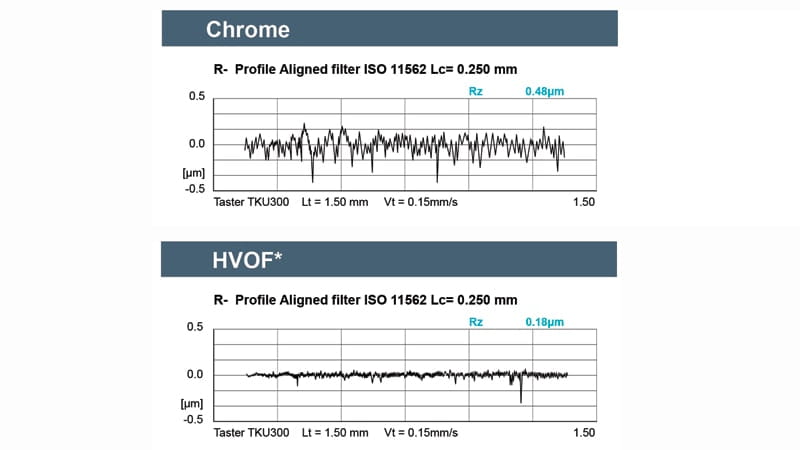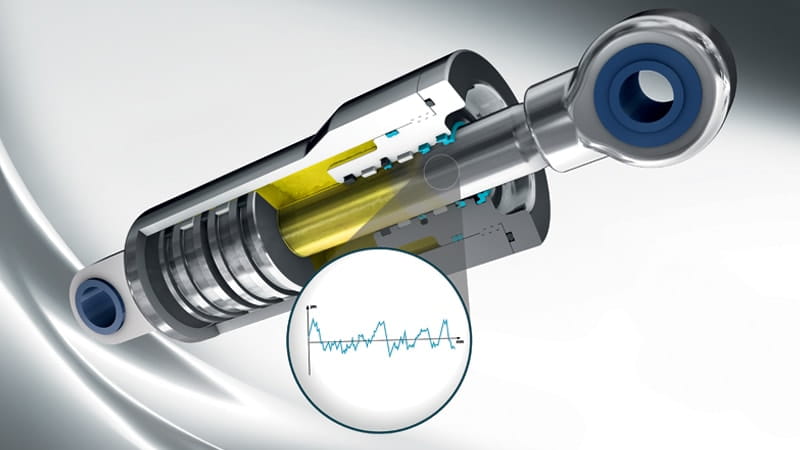Surface Deep

As chrome is replaced by alternatives, the issues related to surface technology in hydraulic cylinders are becoming more complex. Traditional 2-D descriptions of surfaces need to be adapted to optimize the operation of fluid power systems. We talk to Mandy Wilke, Senior Manager Global Technical Management, to find out what support is being provided in this area. Knowledge about surfaces and its impact on sealing behavior is important for the optimal sealing performance in fluid power applications, such as cylinders. - Donna Guinivan

Optimizing surface finishes
“Alternative processes are now being used to coat the piston rod, such as HVOF and laser deposition welding or cladding,” says Mandy. “Optimization of surface finishes with these alternatives is complex and it has not been addressed by many seal suppliers. These continue to give guidance based on the two-dimensional surface finish characteristics used to describe conventional chromium layers.
“The surface finish achieved with chrome, though, cannot usually be achieved with alternative coatings using common coating methods. The alternative coatings have a fundamentally different topography. This leads to significant changes in film formation when compared to chrome.
“That means, if the surface finish recommendations used for chrome are used for alternative coatings, hydraulic systems may more quickly reach their performance limits in terms of leakage and wear.”
Specification support
Trelleborg Sealing Solutions has invested in research on how to optimize surface finishes with the coatings and treatments that are replacing chrome. It means moving from simple two dimensional surface descriptions to more detailed descriptions specific to the alternatives.
“We’ve undertaken significant work in this area and are supporting our customers in ensuring their seals are properly specified for their hydraulic applications. A new whitepaper, An Introduction to Counter Surfaces, is now available, as well as an online webinar. These can act as a primer, a base to continue discussions with our technical people specific to an application,” concludes Mandy.
